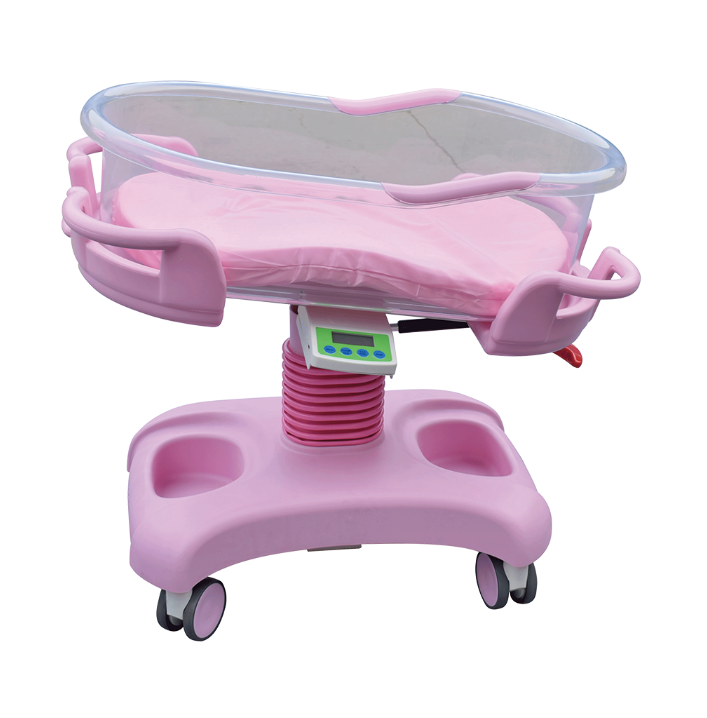Welcome to our websites!
A Comprehensive Guide to Hospital Bed Types and Their Uses
The Importance of Manual Hospital Beds in Healthcare Settings
Hospital beds are a critical component of healthcare facilities, designed to provide comfort, support, and necessary medical treatment to patients. While there are various types of hospital beds available, the manual hospital bed remains a staple in many settings due to its simplicity, cost-effectiveness, and reliability. In this article, we will explore the importance of manual hospital beds in healthcare, the benefits they offer, and their role in enhancing patient care.
Manual hospital beds are equipped with adjustable features that allow healthcare providers to modify the height and position of the bed according to the specific needs of patients. Unlike electric beds, which rely on power to operate, manual beds are adjusted using hand cranks or levers. This characteristic makes them particularly advantageous in situations where electricity may not be accessible or where cost constraints limit the use of advanced equipment.
One of the primary benefits of manual hospital beds is their affordability. In many healthcare institutions, especially in low-resource settings, the cost of equipment is a significant concern. Manual beds can be purchased at a fraction of the price of their electric counterparts, making them a practical choice for facilities that need to serve a large number of patients without straining their budgets. This financial accessibility ensures that even smaller healthcare providers can obtain the necessary equipment to care for their patients adequately.
Another crucial aspect of manual hospital beds is their reliability. Manual beds have fewer mechanical components compared to electric beds, which reduces the likelihood of breakdowns and maintenance issues. In emergencies, the last thing a healthcare provider needs is to deal with a malfunctioning bed. Manual beds, with their straightforward design, tend to be more robust and can provide consistent performance over time, ensuring that patient care is not compromised.
manual hospital bed

Furthermore, manual hospital beds offer greater flexibility in positioning, which is vital for patient comfort and recovery. Adjustability can help alleviate pressure points, promote better circulation, and facilitate various medical procedures. Healthcare providers can easily change the bed’s position to suit patient needs, whether it’s raising the head for eating or adjusting the foot of the bed for circulation. This versatility is essential, as each patient may require different positioning based on their medical condition.
Moreover, patient mobility and accessibility are enhanced by manual hospital beds. They often have features such as side rails and detachable sections that allow for easier transfers to and from the bed. This is particularly beneficial for patients who need assistance moving safely, making it easier for nurses and caregivers to provide support without straining themselves or the patient.
In addition to their functional benefits, manual hospital beds also play a role in the therapeutic environment of healthcare facilities. A well-adjusted bed can significantly contribute to a patient’s comfort and overall sense of well-being during their stay. This comfort is vital, as it can positively influence patient outcomes and satisfaction levels, leading to quicker recovery times and reduced stress.
In summary, manual hospital beds are an invaluable asset in the healthcare landscape. Their affordability, reliability, and versatility make them a preferred choice for many medical facilities, particularly in regions with limited resources. By enhancing patient comfort and accessibility, these beds not only serve practical purposes but also contribute to a more compassionate and healing hospital environment. As healthcare continues to evolve, the role of manual hospital beds will remain significant in ensuring that every patient receives the care they deserve.
-
Transforming Healthcare with Hospital FurnitureNewsJun.24,2025
-
Rehabilitation EquipmentNewsJun.24,2025
-
Mobility and Independence with WheelchairsNewsJun.24,2025
-
Freedom of Mobility with Our Rollator WalkersNewsJun.24,2025
-
Comfort and Independence with Commode ChairsNewsJun.24,2025
-
Bathing Safety and Independence with Shower ChairsNewsJun.24,2025
-
Navigating the Wholesale Landscape of Electric Mobility Solutions: Key Considerations for Power Wheelchair DealersNewsJun.10,2025











